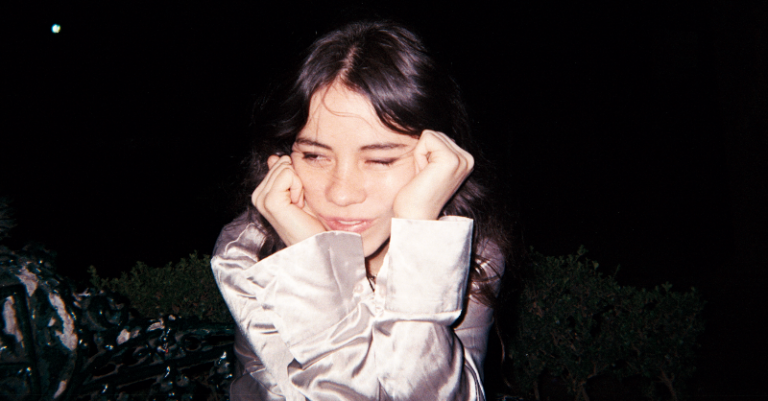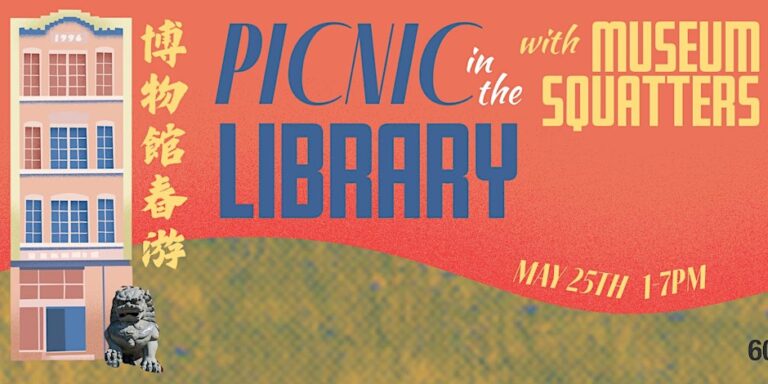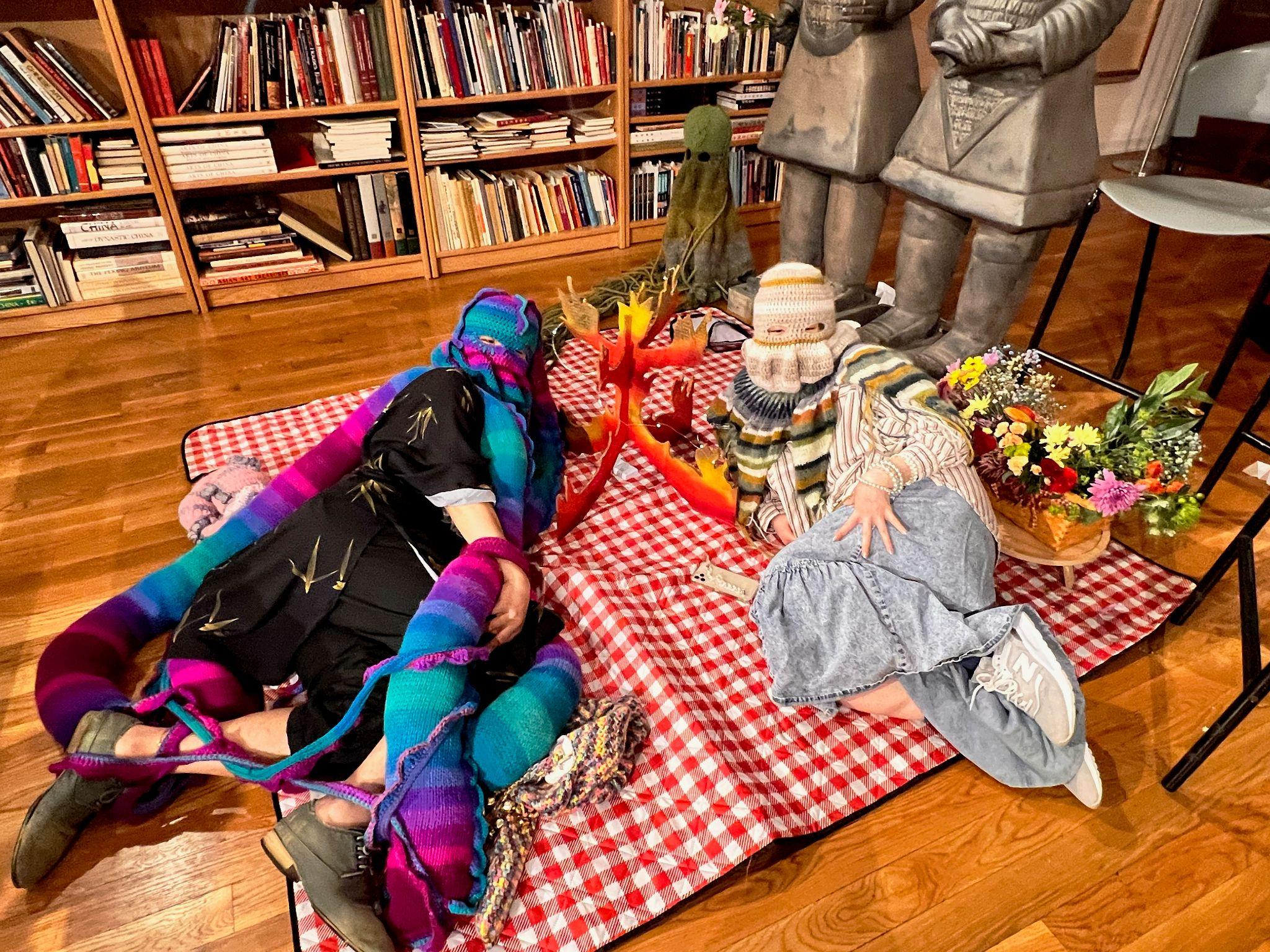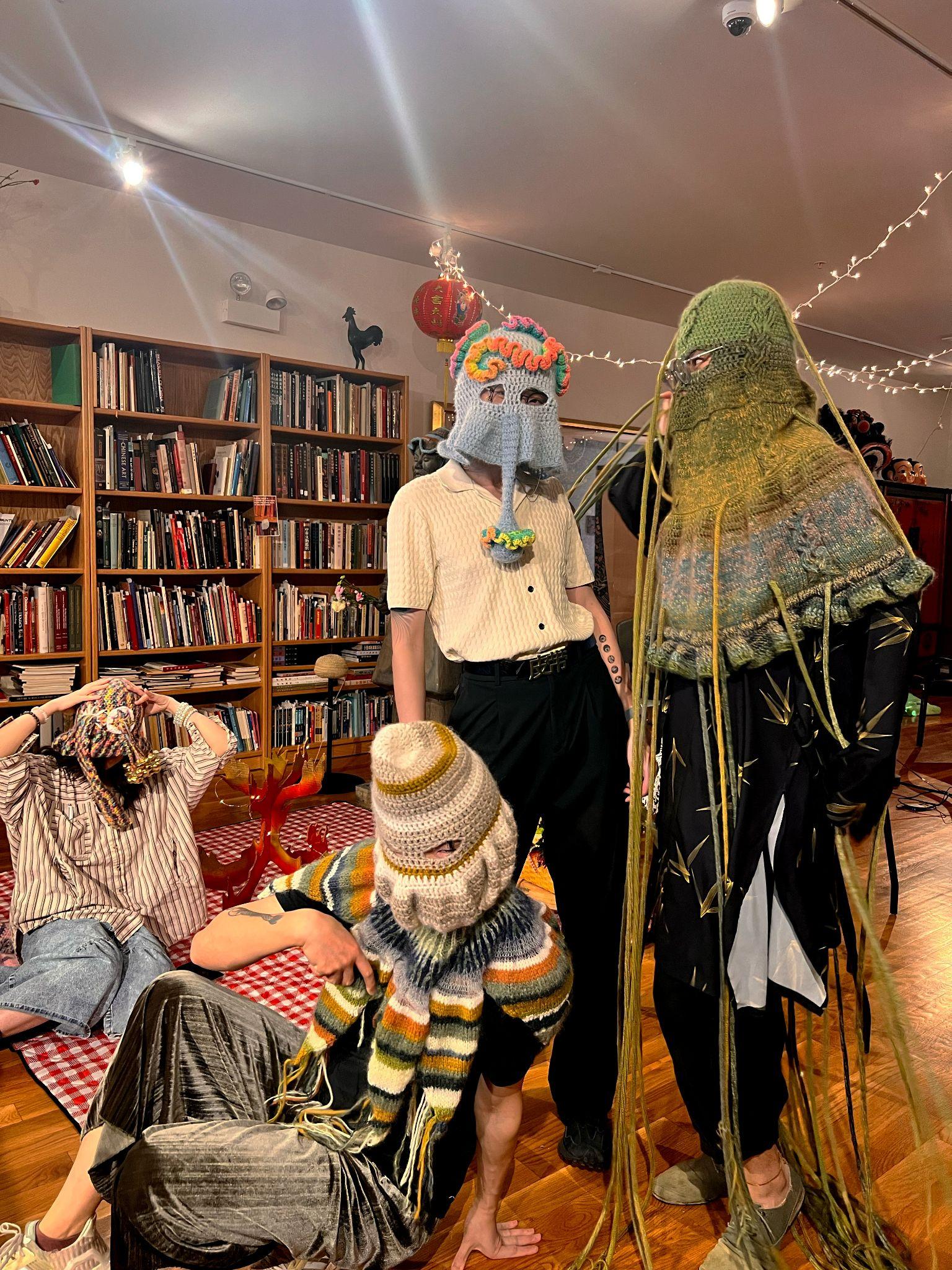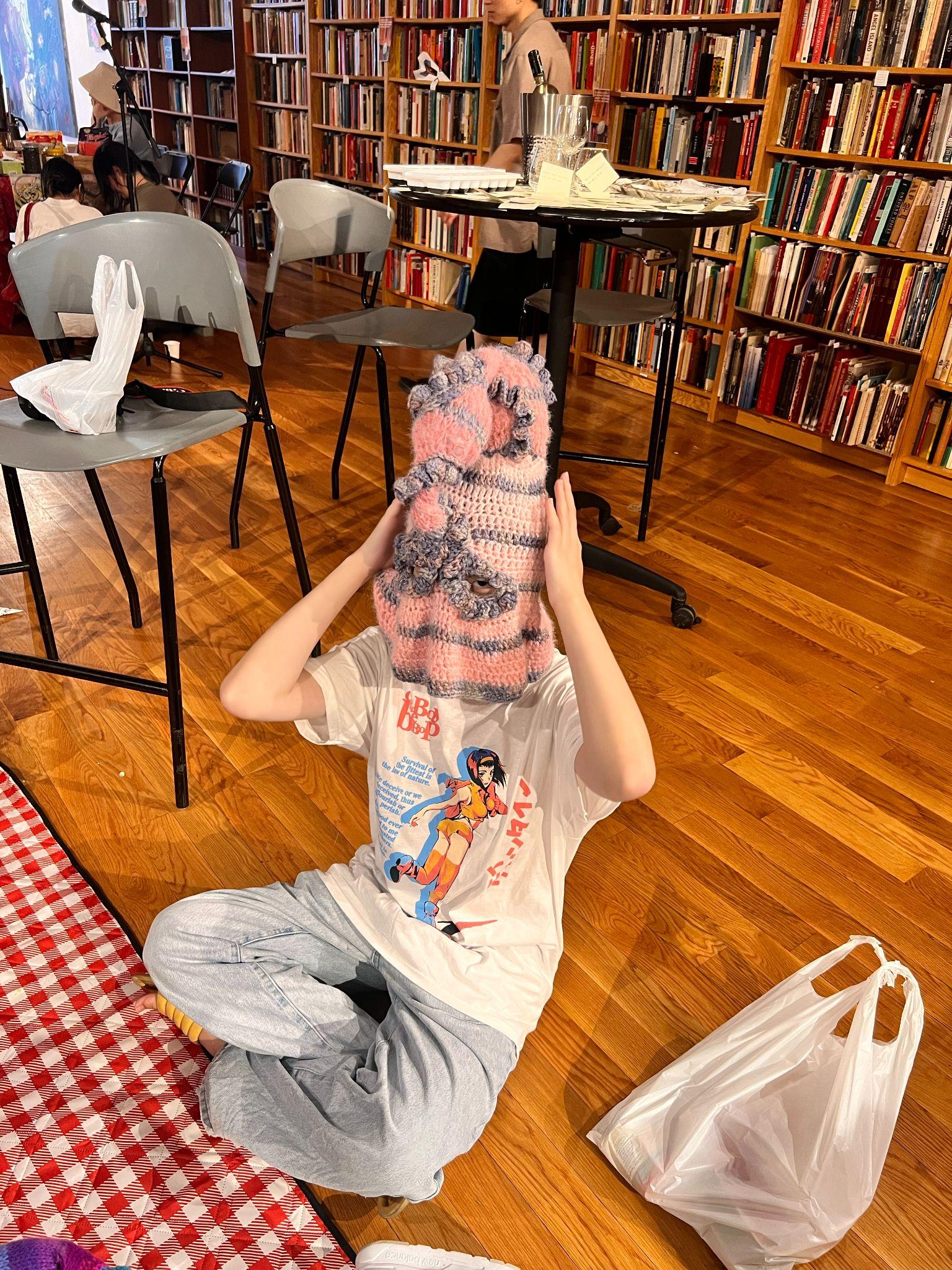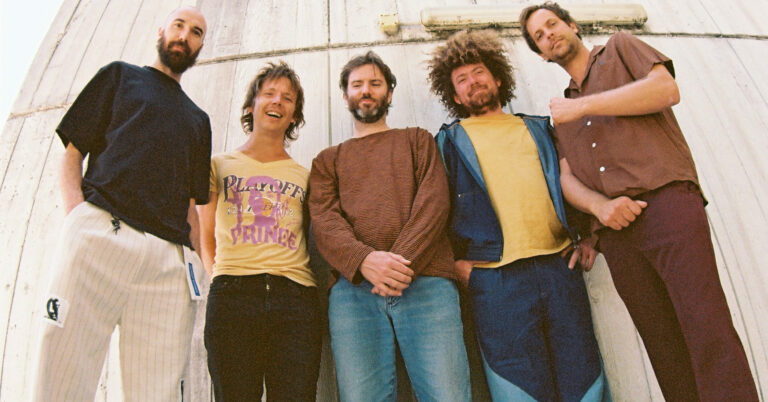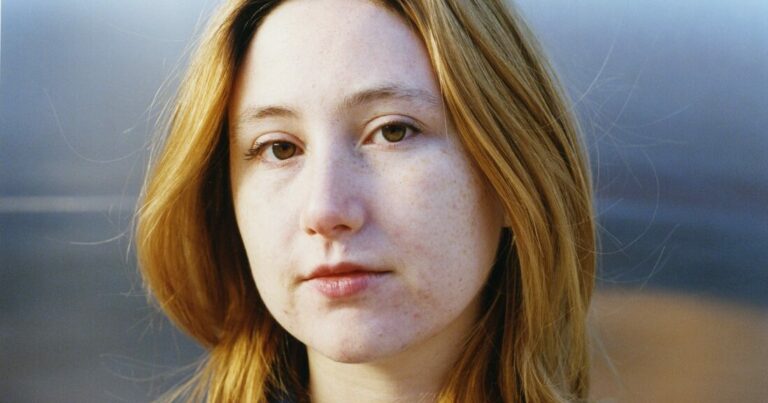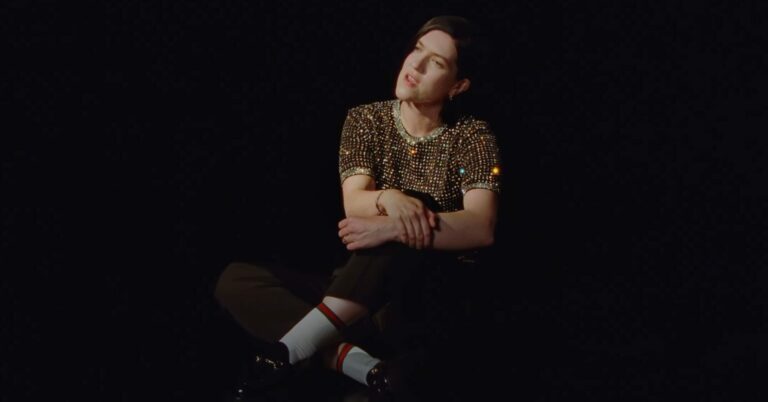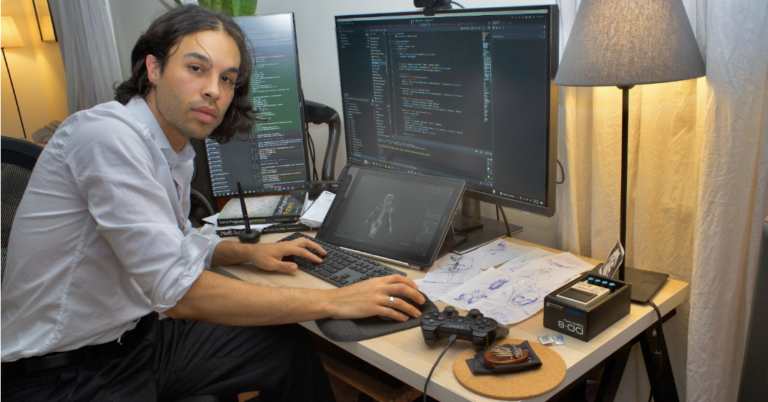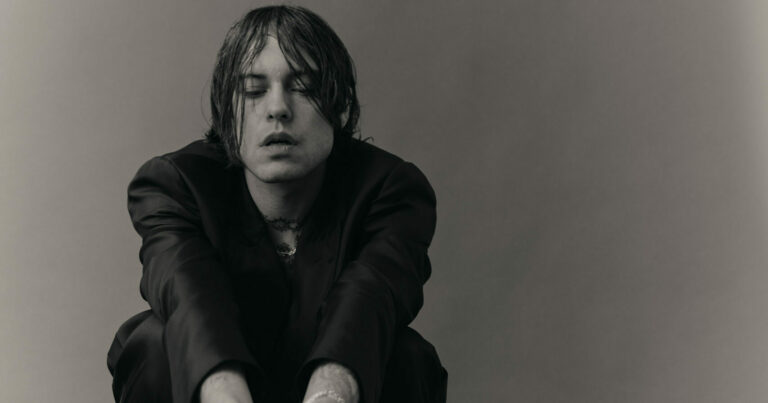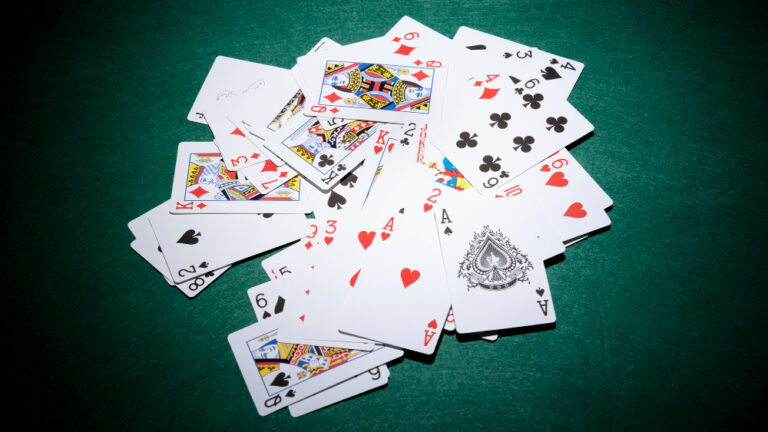The fusion of sports and art creates a unique blend of athleticism and creative expression. This article delves into how these two worlds intersect, highlighting the synergy between physical prowess and artistic creativity. Detailed statistics, records, and names are included to provide a comprehensive and informative discussion.
The Historical Connection Between Sports and Art
The intersection of sports and art dates to ancient Greece, where athleticism was celebrated through sculpture and pottery. The Discobolus (Discus Thrower), created by Myron around 450 BC, is a famous example. This sculpture captures the grace and power of an athlete in motion, symbolizing the ideal human form and the harmony between physical and artistic excellence.
During the Renaissance, the connection between sports and art was revitalized. Artists like Leonardo da Vinci and Michelangelo studied the human body in motion, creating works that celebrated both physical and artistic achievements. Michelangelo’s David, sculpted between 1501 and 1504, embodies this fusion, depicting the biblical hero with an athlete’s physique and a poised, artistic elegance.
Modern Examples of Sports as Art
Figure skating is a prime example of the intersection between sports and art. Skaters like Michelle Kwan and Yuzuru Hanyu have turned their performances into artistic expressions, combining athletic skill with graceful choreography. Kwan, a two-time Olympic medalist, and five-time World Champion, is known for her artistic interpretation and technical prowess, making her routines visually stunning and emotionally impactful.
Artistic Representations of Sports
Sports photography captures the beauty and intensity of athletic moments, turning them into timeless works of art. Renowned photographers like Neil Leifer and Walter Iooss Jr. have immortalized iconic sports moments. Leifer’s photograph of Muhammad Ali standing over Sonny Liston in 1965 is a powerful image that combines athletic prowess with artistic composition.
Artists often draw inspiration from sports to create visual art. LeRoy Neiman, known for his vibrant and dynamic paintings, frequently depicted sports scenes. His works, such as “Muhammad Ali vs. Joe Frazier” and “Football Star,” capture the energy and movement of athletes, blending sports with visual art in a unique and expressive way.
Athletes as Artists
Muhammad Ali, beyond his boxing career, was also known for his poetic expressions. His rhymes and verbal artistry added a creative dimension to his athletic persona. Ali’s famous quote, “Float like a butterfly, sting like a bee,” exemplifies how he used language to enhance his image and convey his boxing philosophy artistically.
Collaborative Projects Between Athletes and Artists
Nike has partnered with various artists to create sportswear that blends functionality with artistic design. Collaborations with artists like Tom Sachs and Virgil Abloh have resulted in limited-edition sneakers that are both athletic gear and art pieces. The Nike x Off-White collection by Abloh, which includes the iconic “The Ten” series, exemplifies this fusion, with each shoe design reflecting a unique artistic vision.
The Influence of Sports on Performing Arts
Theatre productions often incorporate athletic elements to enhance performances. Productions like Cirque du Soleil combine acrobatics, dance, and storytelling to create captivating shows. Athletes trained in gymnastics and dance perform in these productions, displaying their physical skills in an artistic context. Cirque du Soleil’s “O” and “KA” are prime examples, blending athleticism with theatrical artistry to create visually stunning performances.
Films and documentaries about sports often highlight the artistic aspects of athleticism. “Raging Bull,” directed by Martin Scorsese, portrays the life of boxer Jake LaMotta, blending gritty sports drama with cinematic artistry. The documentary “The Last Dance” provides an in-depth look at Michael Jordan’s career, using artistic storytelling to capture the essence of his athletic achievements.
Art in Sports Venues
Sports venues themselves can be works of art. The Allianz Arena in Munich, designed by Herzog & de Meuron, is renowned for its unique architectural design. The stadium’s façade changes color based on the team playing, creating a dynamic visual experience. Similarly, the Bird’s Nest Stadium in Beijing, designed for the 2008 Olympics, is an architectural marvel that blends functionality with artistic design.
Murals and street art in and around sports venues celebrate athletes and their achievements. The “LeBron James Witness” mural in Cleveland, created by artist Jonas Never, is a tribute to James’s impact on the city and sport. Street art in cities like Los Angeles and New York often features famous athletes, turning urban spaces into galleries that honor sports legends.
The Role of Art in Sports Marketing
Artistic elements are integral to sports marketing campaigns. Nike’s “Just Do It” campaign, featuring powerful imagery and inspirational messages, uses art to connect with audiences emotionally. The campaign’s visual artistry and compelling storytelling have made it one of the most successful marketing strategies in sports history.
Promotions from the best betting sites often feature sleek graphics and engaging content, blending sports excitement with artistic presentation to enhance user appeal and engagement. These promotions capitalize on the dynamic intersection of sports and art, attracting a broader audience and increasing engagement.
The Future of Sports and Art
Emerging technologies like virtual reality (VR) and augmented reality (AR) are opening new possibilities for the intersection of sports and art. VR experiences allow fans to immerse themselves in virtual sports events, blending athletic performance with digital artistry. AR applications enhance live sports events with interactive graphics and artistic overlays, creating a richer spectator experience.
Integrating art into sports education can foster creativity and holistic development in young athletes. Programs that combine athletic training with artistic activities, such as dance and visual arts, can enhance physical and cognitive skills. Schools and sports academies that adopt this interdisciplinary approach can cultivate well-rounded individuals who excel in both sports and the arts.
The intersection of sports and art is a dynamic and evolving landscape that enriches both fields. From ancient sculptures to modern collaborations, the fusion of athleticism and creative expression continues to inspire and captivate audiences. This synergy enhances the aesthetic appeal of sports and deepens the cultural significance of athletic achievements.
